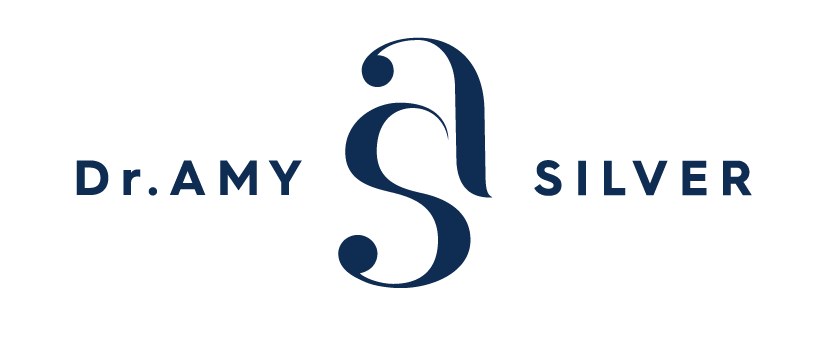A Therapy Trick for Hard Conversations
Here is a tip that I often give from my time working as a Clinical Psychologist doing therapy. It might help you think through hard conversations at work.
In therapy we look for patterns of thinking and behaviour so we can find exits from predictable negative outcomes. Together with the client we draw out the patterns at play taking the negative outcomes and tracking backwards to look for the triggers [1] and consequences. As we go through the triggers, the behaviours, emotions and thoughts, when we look for exits, we do it graphically, with a pen and paper using arrows and boxes to literally draw out the pattern.
But that's not the tip I wanted to share. What I wanted to share was that when I do this pattern mapping, I sit on the same side of the table as the client. We can be eyes down, looking at neutral territory (the paper) and look at the pattern we're exploring not face to face with eye contact (which is very intimidating for our animal brains).
Everything shifts when you sit on the same side of the table and look at the pattern together. Because our bodies and brains aren't in threat space, our emotions are calmer and our executive function can turn on. I see it in my work now too with individuals and teams. Rather than blaming, rejection, defensive behaviours, irritation, the pattern discovery itself can be thrilling, exciting, illuminating and the solutions become better and shared.
Looking at things from the same side of the table doesn't have to be metaphorical. It can also be literal. Next time you need to have a difficult conversation about something that keeps happening, try to sit next to them, put a piece of paper between you, and map the pattern together.
Draw it out. Make it visible. Make it something you're both looking at with open curiosity.
Make the pattern not the person the problem.
[1] hence my company name Trigger Hunters Pty Ltd

